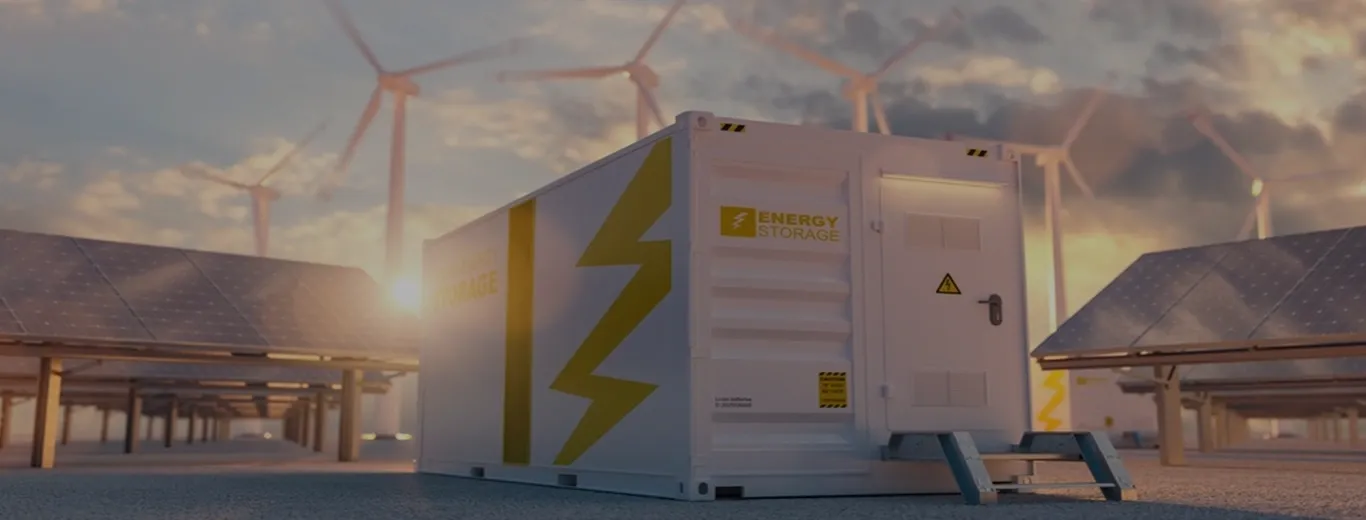
By Mani Vadari, President, Modern Grid Solutions
Energy storage has emerged as a critical component of the modern power grid, playing a pivotal role in enhancing grid stability, resilience, and the integration of renewable energy sources. As the world transitions to cleaner energy solutions, the need for reliable and efficient short- and long-duration energy storage systems has never been greater. These technologies enable us to store energy generated from renewable sources like solar and wind and release it when needed, or when market conditions are optimum. This ensures a consistent and reliable power resource that is dispatchable thereby increasing the value it provides the grid operator.
Lithium-Ion Batteries: Lithium-ion (Li-ion) batteries have become the gold standard in energy storage due to their high energy density, fast charging capabilities, and declining costs. Innovations are looking at replacing traditional lithium-cobalt electrodes with lighter, energy-dense materials like lithium-polymer, lithium-air, lithium-titanate, and lithium-sulfur, these batteries are becoming more efficient.
Solid-State Batteries: Solid-state batteries hold promise for higher energy densities and improved safety compared to traditional lithium-ion batteries. By replacing the flammable liquid electrolyte with a solid compound, these batteries enhance ion migration and address challenges like low charge retention and operational inefficiencies in extreme temperatures. Solid-state batteries also support high-voltage, high-capacity materials, enabling greater energy density, portability, and shelf life. Their power-to-weight ratio makes them ideal for electric vehicles.
Flow Batteries: Flow batteries, such as vanadium redox flow batteries, offer long-duration energy storage suitable for large-scale applications. Redox flow batteries have longer lifespans than lithium batteries as the current flow does not degrade the membrane. They are easily scalable and offer great potential for utility-scale renewable energy integration. Advances in redox chemistries focus on cost-effectiveness and greater energy density.
Iron-Air and Zinc-Based Batteries: Emerging technologies like iron-air and zinc-based batteries offer long-duration storage and are being tested for grid applications. Indian startup Offgrid Energy Labs, for example, has developed ZincGel, a proprietary battery technology using a highly conductive zinc electrolyte and carbon-based cathode. This zinc electrolyte is self-healing, temperature-stable, and does not evaporate, ensuring a longer life. It also offers high coulombic and round-trip efficiency, making it a safe, eco-friendly, and non-flammable alternative to lithium-ion batteries.
Gravity Storage: Gravity storage technology harnesses gravitational force to store energy by lifting heavy weights during times of surplus energy production and releasing them to generate electricity when needed. Unlike traditional battery storage, gravity storage systems have minimal environmental impact, high energy capacity, and long lifespans.
Novel solutions utilize existing infrastructure, such as disused mines and oil wells. One of the latest advancements in gravity storage technology involves using composite blocks made from soil and waste materials. This original approach not only stores energy by lifting and lowering these blocks but also helps with waste management.
Pumped Hydro Storage: Pumped hydro storage uses excess electricity to pump water uphill, storing potential energy. This water is then released to generate electricity during peak demand times.
Innovations in pumped hydro storage include submersible pump turbines and motor generators, utilizing abandoned mines or open-pit mines as reservoirs, closed-loop systems that don’t rely on natural water sources, hybrid systems combining pumped hydro with other energy storage technologies like batteries, variable speed turbines for increased efficiency, and advancements in underground excavation techniques using tunnel boring machines to access suitable sites that were previously inaccessible.
Energy Storage as a Service: Energy Storage as a Service (ESaaS) is a business model that allows organizations to benefit from energy storage systems without purchasing or maintaining the equipment themselves. Instead, they enter into a service agreement with a provider who owns, operates, and maintains the energy storage system. The customer pays a subscription or usage-based fee for the energy storage services, which can include storing excess energy, managing energy consumption, and providing backup power. AI-based platforms are optimizing storage management, making reliable power accessible with zero asset investment.
Advancements in energy storage technologies are altering the power grid, enabling greater integration of renewable energy sources, enhancing grid stability, and contributing to a sustainable future. Continued innovation and investment in these technologies are essential for building a resilient and modernized power grid. As we move towards a cleaner energy future, energy storage will play a pivotal role in ensuring reliable and efficient power delivery, benefiting both the environment and the economy.
Quiz: Energy Storage Advancements

©2024 Modern Grid Solutions
Designed & Maintained by Team Mango Media.
